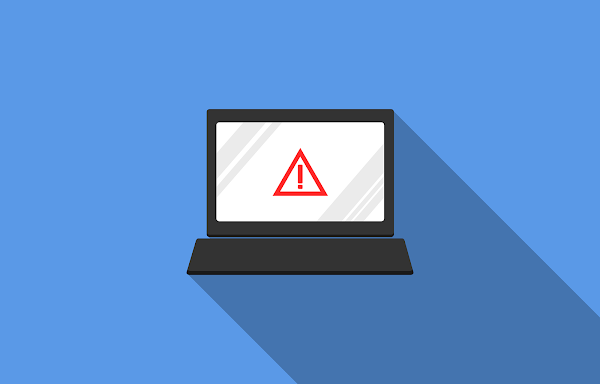India is experiencing a rise in cyberattacks, particularly targeting its key sectors such as finance, government, manufacturing, and healthcare. This increase has prompted the Reserve Bank of India (RBI) to urge banks and financial institutions to strengthen their cybersecurity measures.
As India continues to digitise its infrastructure, it has become more vulnerable to cyberattacks. Earlier this year, hackers stole and leaked 7.5 million records from boAt, a leading Indian company that makes wireless audio and wearable devices. This is just one example of how cybercriminals are targeting Indian businesses and institutions.
The RBI has expressed concern about the growing risks in the financial sector due to rapid digitization. In 2023 alone, India’s national cybersecurity team, CERT-In, handled about 16 million cyber incidents, a massive increase from just 53,000 incidents in 2017. Most banks and non-banking financial companies (NBFCs) now see cybersecurity as a major challenge as they move towards digital technology. The RBI’s report highlights that the speed at which information and rumours can spread digitally could threaten financial stability. Cybercriminals are increasingly focusing on financial institutions rather than individual customers.
The public sector, including government agencies, has also seen a dramatic rise in cyberattacks. Many organisations report that these attacks have increased by at least 50%. Earlier this year, a hacking group targeted government agencies and energy companies using a type of malware known as HackBrowserData. Additionally, countries like Pakistan and China have been intensifying their cyberattacks on Indian organisations, with operations like the recent Cosmic Leopard campaign.
According to a report by Cloudflare, 83% of organisations in India experienced at least one cybersecurity incident in the last year, placing India among the top countries in Asia facing such threats. Globally, India is the fifth most breached nation, bringing attention to the bigger picture which screams for stronger cybersecurity measures.
Indian companies are most worried about threats related to cloud computing, connected devices, and software vulnerabilities. The adoption of new technologies like artificial intelligence (AI) and cloud computing, combined with the shift to remote work, has accelerated digital transformation, but it also increases the need for stronger security measures.
Manu Dwivedi, a cybersecurity expert from PwC India, points out that AI-powered phishing and sophisticated social engineering techniques have made ransomware a top concern for organisations. As more companies use cloud services and open-source software, the risk of cyberattacks grows. Dwivedi also stresses the importance of protecting against insider threats, which requires a mix of strategy, culture, training, and governance.
AI is playing a growing role in both defending against and enabling cyberattacks. While AI has the potential to improve security, it also introduces new risks. Cybercriminals are beginning to use AI to create more advanced malware that can avoid detection. Dwivedi warns that as AI continues to evolve, it may become harder to track how these tools are being misused by attackers.
Partha Gopalakrishnan, founder of PG Advisors, emphasises the need for India to update its cybersecurity laws. The current law, the Information Technology Act of 2000, is outdated and does not fully address today’s digital threats. Gopalakrishnan also stressed upon the growing demand for AI skills in India, suggesting that businesses should focus on training in both AI and cybersecurity to close the skills gap. He warns that as AI becomes more accessible, it could empower a wider range of people to carry out sophisticated cyberattacks.
India’s digital growth presents great opportunities, but it also comes with strenuous challenges. It’s crucial for Indian businesses and government agencies to develop comprehensive cybersecurity strategies and stay vigilant.





























